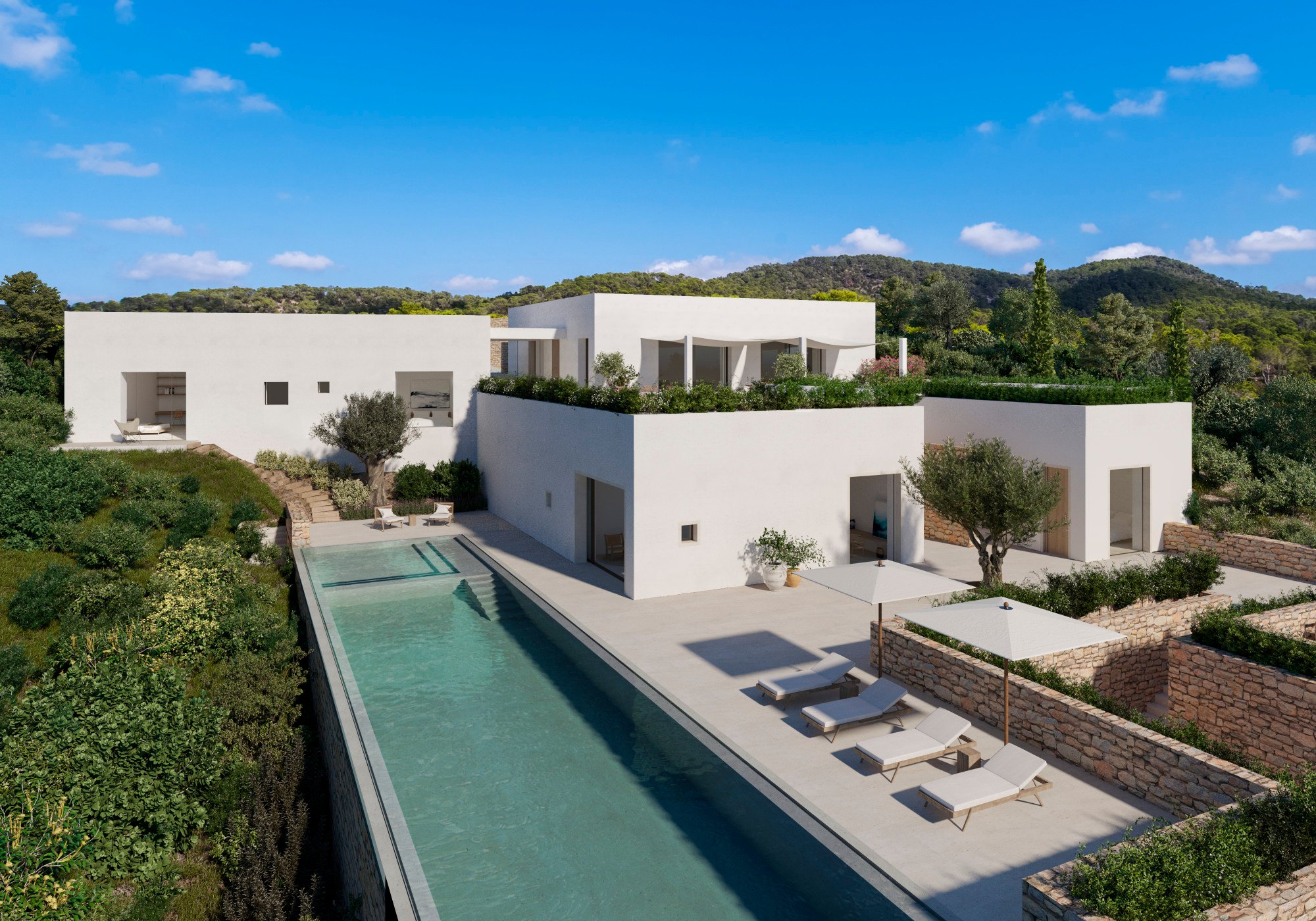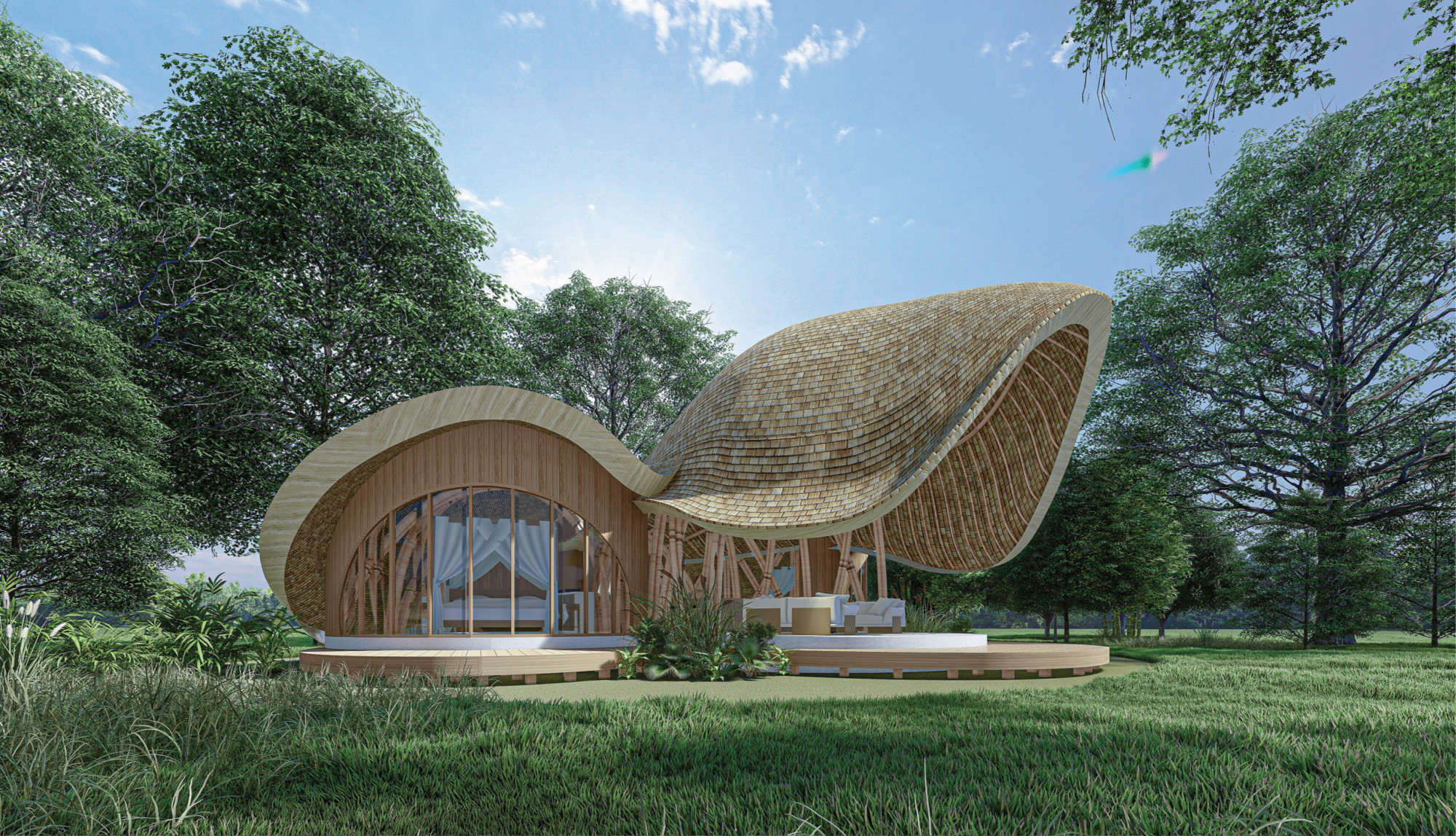What are eco-villages, and would you live in one? How rising energy bills and the climate emergency are changing our living habits and sending millennials back to nature

Buyers seeking homes with environmentally friendly features have been growing in number and, according to new research, a desire to cut energy costs is a key motivator.
While almost two-thirds of respondents to a survey conducted by JLL in May said that achieving a lower carbon footprint was important to them, saving on energy bills was cited by 82 per cent. Some 70 per cent of respondents also viewed the energy efficiency and running costs of their home as more important now versus pre-pandemic.
Helen Amos, head of sustainability services at JLL Hong Kong, says well-designed and well-constructed, environmentally friendly homes not only generate operational savings, they also incorporate natural light, improved ventilation and use sustainable materials, creating a more comfortable, healthier and more liveable environment.

“Market demand is leading to a change in the approach of architects and developers for both new build and renovation projects, leading them to bring to market projects with genuine green credentials,” she said.
Jack Brown, director of Invest Islands, a land brokerage and development company based in Lombok, Indonesia, with offices in Hong Kong and Australia, has seen the trend for eco-village concepts grow across the Asia-Pacific region.
“In every market, an increasing number of people are seeking eco-sustainable designs and communities, primarily due to the impact of climate change,” he said.
Why beachside homes are only getting more expensive – despite rising sea levels
What is an eco village?
The perception of living in a more environmentally focused dynamic has been gaining momentum since the start of the pandemic, Brown continued. “However, with so few communities and developments available around the world like this, it’s important that not only are the projects completed, but that they live up to their goals of being sustainable.”
Invest Islands has been involved in the development of luxury villas, tented suites, eco-properties, eco-villages and more recently, a luxury resort with the Gran Melia International brand, with sustainability embedded in every project. It begins with the architecture based on passive design principles and use of sustainable materials, carries through to land preservation, and encompasses green features expected to last across the life cycle of the properties.

The company’s latest project, Mandala Eco-Village in Lombok, is its most ambitious to date. When fully complete by 2027, the 14-hectare (35-acre) estate will comprise around 200 units across two main areas offering either rice field or ocean views. To be built of bamboo as the primary material, the units are customisable with zero waste as the overarching goal.
Only 20 per cent of each plot may be built on, with features to include rainwater collection systems, natural heating and cooling designs, solar chimneys, ponds and natural materials throughout. Catering to a holistic lifestyle, the village will also have botanic gardens, a yoga retreat, medical clinic, international school, local restaurants and a community centre.
Brown says nature-based solutions are considered to be an important contributor to sustainable development “and we want to incorporate that in all our projects”.
Why is everyone trying to snap up a home in France after Covid-19?
Ibiza: beyond the beach
On the Spanish Mediterranean island of Ibiza, international architects and designers including Britain’s John Pawson and New York’s David Chipperfield have collaborated with developer Sabina Estates on a project billed as “the island’s first ecologically inspired private villa estate and clubhouse”.

Pawson is the name behind two bespoke homes, each of seven bedrooms, with a pool and pool house, separate guest accommodation, and sea and mountain views. Can Almendro is a built of over 19,250 sq ft sat on land of more than 4,000 square metres, while Can Adelfa has a total built area of 16,800 sq ft on a 3,775-square-metre plot. The villas are part of the estate’s third phase with construction of 21 units to begin this winter.
Meeting a brief for the architecture to be “as green as possible”, Pawson restricted the use of glass and made the walls extra thick to insulate against the heat or cold.

Inside Australia’s Riverfront project
Sustainable construction is at the heart of Australian developer Lucindale Holdings’ Riverfront project in Albany Creek, Queensland. Managing director Marcel Russ said the approximately 100 homes within the 15-hectare precinct will meet EarthCheck’s Building, Planning and Design Standards sustainability performance measures.
Initiatives include passive architectural design, solar electricity generation, rainwater harvesting and electric vehicle charging provision. The developer is also innovating with lower carbon building materials, such as greener concrete and locally grown timber for the homes’ framing.
Composting and waste separation facilities are provided on site and the natural vegetation is preserved. The project also features a resort pool and communal green space, with a conservation corridor under planning to protect the significant ecological surroundings.
Russ believes a successful sustainable community is “the sum of all parts”.

“Incorporating physical things like solar power on every home is not an optional extra – if you want to live in our communities, this is part of it,” he says.
The aim is to create a lifestyle shared by like-minded neighbours, he continued.
“Buyers will shape the place they own,” Russ said. “They won’t just own a home, but have a share of private gardens with orchards, walking trails and frontage to a beautiful creek.”
How branded residences became the must-have home for high rollers
The Brisbanite wants to recreate a life like his childhood, when children could go out safely for the whole day without their parents worrying.
“I hope the kids will build rope swings, make tree houses and hopefully the adults will form friendships as well, working together on the veggie gardens and so on,” he added.
The first phase of 39 town homes at Riverfront is almost fully sold, with the second stage to be launched in September. The homes are two-storey designs around 2,150 sq ft in size, with double garages.

Close to the metro area of Santa Rosa in Laguna province, Philippines, Greenfield Development Corporation is moving towards “an eco-rich future” with its flagship land sale project, Trava. The 33-hectare residential development situated inside Greenfield City features open community spaces, playgrounds, parks and tree-lined roads with bike lanes.
Buyers of the 300 lots can choose environmentally friendly materials such as durable engineered wood, glass that helps minimise UV and infrared light, odourless paint and pavers that direct rainwater into a containment pond away from the house. Amenities like pools and sports courts, a gym, dance studio, social hall and solar-powered clubhouse also contribute to Trava’s eco-conscious lifestyle.
The development is targeted for completion in the final quarter of 2024.
6 best cities for executive digital nomads – from Miami to Barcelona
Buying guide
What you can buy from US$50,000:

A one-bedroom bamboo unit at Mandala Eco-Village in Lombok, Indonesia, plus US$7.4 per sq ft for the land. Two-bedroom designs start at US$75,000 and you’ll get three bedrooms for US$120,000 (unit only). Amenities at the village, slated for completion by 2027, include botanic gardens, a yoga retreat, medical clinic, international school, local restaurants and a community centre.
What you can buy from US$612,000:
A new home of around 2,150 sq ft in eco-community Riverfront, a development set on 15 hectares (37 acres) on Albany Creek in Queensland, Australia. With just 100 homes in total, the project includes a resort pool with barbecue area, pizza oven, nature trails, an organic garden and river access, and is slated for completion in phases from mid-2023.

- Soaring energy costs and growing sustainability concerns are fuelling a lifestyle revolution, as more people trade city condos for tented suites and wooden huts in the wilderness
- A one-bedroom bamboo home at Indonesia’s Mandala Eco-Village costs just US$50,000, while Ibiza just welcomed its first ecologically inspired private villa estate